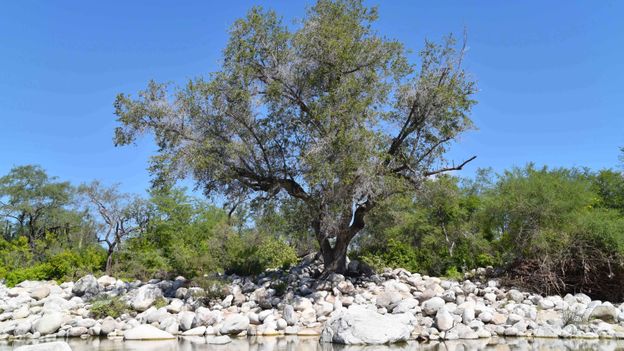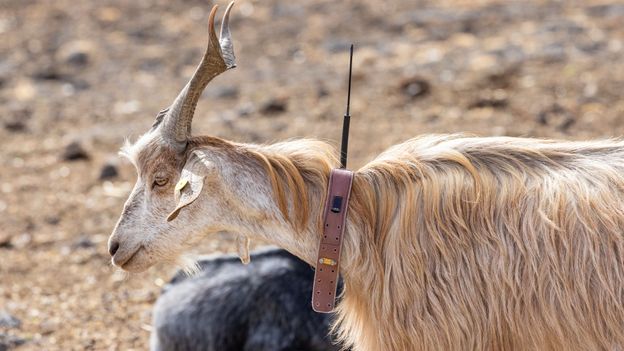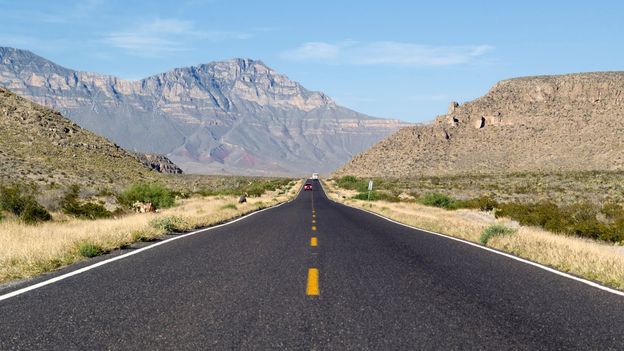“The outdated fortress conservation model used by the Kenya Forest Service, which requires all human habitation to be removed from protected forests, has failed spectacularly,” says Brezhnev Otieno, campaigns manager of Amnesty International Kenya. The World Bank and the EU, which have funded conservation work in the Embobut, have denounced the human rights abuses in the forest.
John Miringa, a member of the Ogiek community, believes that the loss of indigenous trees in the Mau Forest would not happen if the forest was under their care. He has faith that there are seeds of indigenous trees in the soil throughout the Mau Forest. “If these lands were left uncultivated, these indigenous trees could germinate. Our forefathers did not plant trees, they let the seeds germinate without any interference,” he says.
Victoria Tauli-Corpuz, former UN Special Rapporteur on the Rights of Indigenous Peoples, told the African Court of Justice in April that the indigenous peoples are driven away from their lands because governments and conservation organisations continue to fail in applying a human-rights-based approach to conservation, despite numerous international commitments to do so. She observed that in many countries, government authorities “lack of capacity and political will to protect land has left such areas exposed to destructive settlement, extractive industries, illegal logging, agribusiness expansion, tourism and large-scale infrastructure development”.
But, looking to successful examples of indigenous conservation elsewhere, Tauli-Corpuz believes that change in Kenya’s forests is possible too. Tauli-Corpuz, a member of the Kankana-ey Igorot people in the Philippines, references her own community’s “batangan” system, which is the Kankana-ey system of conservation of forest through sustainable utilisation of its resources. This was recognised by the Philipines government in 1997, when it passed a law that included the need to recognise indigenous knowledge and cultures. “It happened because of the strong advocacy of indigenous peoples,” she says.
If allowed to be implemented, indigenous knowledge on forest conservation is likely to be better than current “fortress” strategies, Tauli-Corpuz believes. “These knowledge and practices have existed for a long time and now the evidence shows that where these are still being practiced and indigenous people’s rights to their lands, territories and resources are respected,” she says. “The forests are better protected and conserved.”
Amid the remains of Nessuit village in the Mau Forest, people are slowly picking up the pieces of their lives among the burnt-out remains of their buildings. But in the long term, this group’s security now rests on the acknowledgement of their age-old customary laws, that have the potential to protect both themselves and their ancestral forest home.
—
The emissions from travel it took to report this story were 59kg CO2, travelling by car. The digital emissions from this story are an estimated 1.2g to 3.6g CO2 per page view. Find out more about how we calculated this figure here.
—
Join one million Future fans by liking us on Facebook, or follow us on Twitter or Instagram.
If you liked this story, sign up for the weekly bbc.com features newsletter, called “The Essential List”. A handpicked selection of stories from BBC Future, Culture, Worklife, and Travel, delivered to your inbox every Friday.











